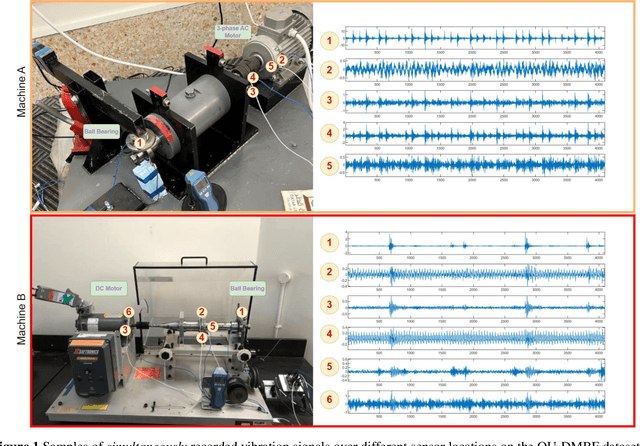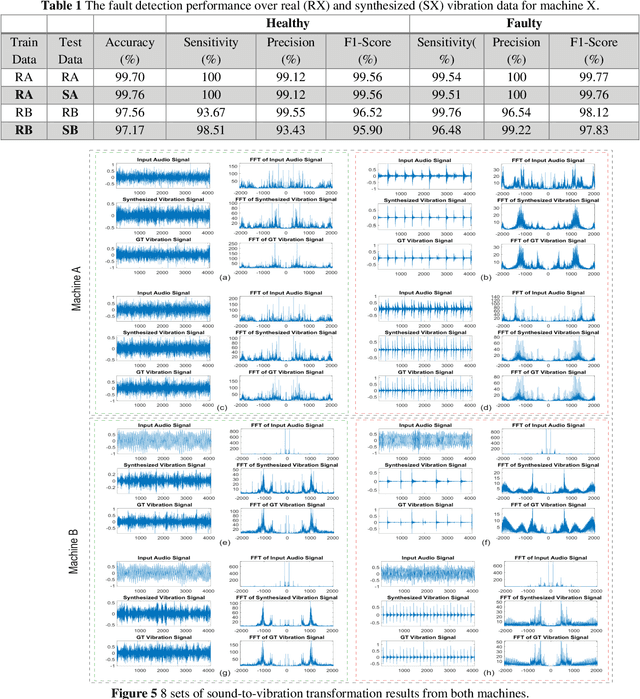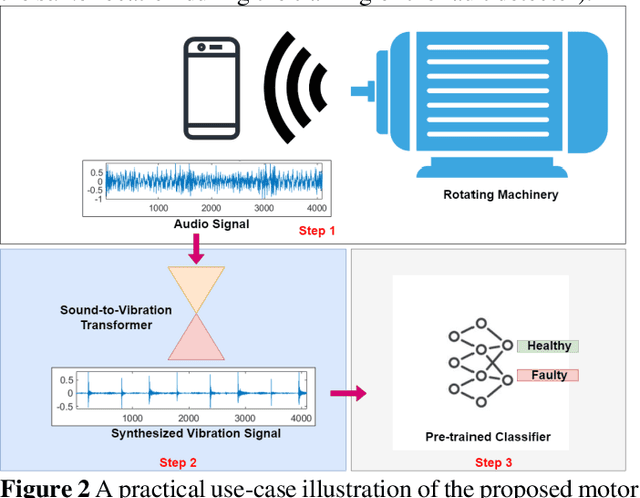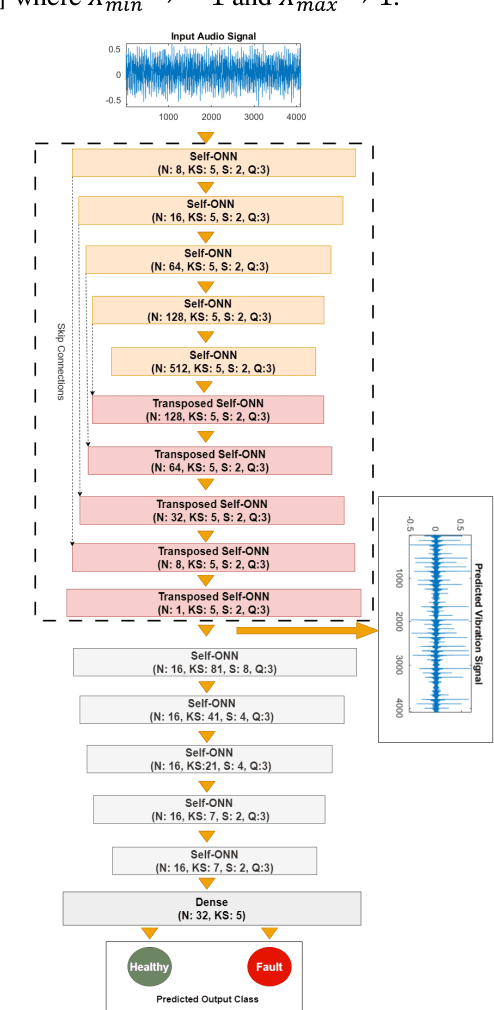Ertugrul Taciroglu
FUELVISION: A Multimodal Data Fusion and Multimodel Ensemble Algorithm for Wildfire Fuels Mapping
Mar 19, 2024Abstract:Accurate assessment of fuel conditions is a prerequisite for fire ignition and behavior prediction, and risk management. The method proposed herein leverages diverse data sources including Landsat-8 optical imagery, Sentinel-1 (C-band) Synthetic Aperture Radar (SAR) imagery, PALSAR (L-band) SAR imagery, and terrain features to capture comprehensive information about fuel types and distributions. An ensemble model was trained to predict landscape-scale fuels such as the 'Scott and Burgan 40' using the as-received Forest Inventory and Analysis (FIA) field survey plot data obtained from the USDA Forest Service. However, this basic approach yielded relatively poor results due to the inadequate amount of training data. Pseudo-labeled and fully synthetic datasets were developed using generative AI approaches to address the limitations of ground truth data availability. These synthetic datasets were used for augmenting the FIA data from California to enhance the robustness and coverage of model training. The use of an ensemble of methods including deep learning neural networks, decision trees, and gradient boosting offered a fuel mapping accuracy of nearly 80\%. Through extensive experimentation and evaluation, the effectiveness of the proposed approach was validated for regions of the 2021 Dixie and Caldor fires. Comparative analyses against high-resolution data from the National Agriculture Imagery Program (NAIP) and timber harvest maps affirmed the robustness and reliability of the proposed approach, which is capable of near-real-time fuel mapping.
Automatic Roof Type Classification Through Machine Learning for Regional Wind Risk Assessment
May 27, 2023Abstract:Roof type is one of the most critical building characteristics for wind vulnerability modeling. It is also the most frequently missing building feature from publicly available databases. An automatic roof classification framework is developed herein to generate high-resolution roof-type data using machine learning. A Convolutional Neural Network (CNN) was trained to classify roof types using building-level satellite images. The model achieved an F1 score of 0.96 on predicting roof types for 1,000 test buildings. The CNN model was then used to predict roof types for 161,772 single-family houses in New Hanover County, NC, and Miami-Dade County, FL. The distribution of roof type in city and census tract scales was presented. A high variance was observed in the dominant roof type among census tracts. To improve the completeness of the roof-type data, imputation algorithms were developed to populate missing roof data due to low-quality images, using critical building attributes and neighborhood-level roof characteristics.
Sound-to-Vibration Transformation for Sensorless Motor Health Monitoring
May 13, 2023



Abstract:Automatic sensor-based detection of motor failures such as bearing faults is crucial for predictive maintenance in various industries. Numerous methodologies have been developed over the years to detect bearing faults. Despite the appearance of numerous different approaches for diagnosing faults in motors have been proposed, vibration-based methods have become the de facto standard and the most commonly used techniques. However, acquiring reliable vibration signals, especially from rotating machinery, can sometimes be infeasibly difficult due to challenging installation and operational conditions (e.g., variations on accelerometer locations on the motor body), which will not only alter the signal patterns significantly but may also induce severe artifacts. Moreover, sensors are costly and require periodic maintenance to sustain a reliable signal acquisition. To address these drawbacks and void the need for vibration sensors, in this study, we propose a novel sound-to-vibration transformation method that can synthesize realistic vibration signals directly from the sound measurements regardless of the working conditions, fault type, and fault severity. As a result, using this transformation, the data acquired by a simple sound recorder, e.g., a mobile phone, can be transformed into the vibration signal, which can then be used for fault detection by a pre-trained model. The proposed method is extensively evaluated over the benchmark Qatar University Dual-Machine Bearing Fault Benchmark dataset (QU-DMBF), which encapsulates sound and vibration data from two different machines operating under various conditions. Experimental results show that this novel approach can synthesize such realistic vibration signals that can directly be used for reliable and highly accurate motor health monitoring.
Edge Ranking of Graphs in Transportation Networks using a Graph Neural Network (GNN)
Mar 25, 2023Abstract:Many networks, such as transportation, power, and water distribution, can be represented as graphs. Crucial challenge in graph representations is identifying the importance of graph edges and their influence on overall network efficiency and information flow performance. For example, important edges in a transportation network are those roads that, when affected, will significantly alter the network's overall efficiency. Commonly used approach to finding such important edges is ``edge betweenness centrality'' (EBC), an edge ranking measure to determine the influential edges of the graph based on connectivity and information spread. Computing the EBC utilizing the common Brandes algorithm involves calculating the shortest paths for every node pair, which can be computationally expensive and restrictive, especially for large graphs. Changes in the graph parameters, e.g., in the edge weight or the addition and deletion of nodes or edges, require the recalculation of the EBC. As the main contribution, we propose an approximate method to estimate the EBC using a Graph Neural Network (GNN), a deep learning-based approach. We show that it is computationally efficient compared to the conventional method, especially for large graphs. The proposed method of GNN-based edge ranking is evaluated on several synthetic graphs and a real-world transportation data set. We show that this framework can estimate the approximate edge ranking much faster compared to the conventional method. This approach is inductive, i.e., training and testing are performed on different sets of graphs with varying numbers of nodes and edges. The proposed method is especially suitable for applications on large-scale networks when edge information is desired, for example, in urban infrastructure improvement projects, power, and water network resilience analyses, and optimizing resource allocations in engineering networks.
Zero-Shot Transfer Learning for Structural Health Monitoring using Generative Adversarial Networks and Spectral Mapping
Dec 07, 2022



Abstract:Gathering properly labelled, adequately rich, and case-specific data for successfully training a data-driven or hybrid model for structural health monitoring (SHM) applications is a challenging task. We posit that a Transfer Learning (TL) method that utilizes available data in any relevant source domain and directly applies to the target domain through domain adaptation can provide substantial remedies to address this issue. Accordingly, we present a novel TL method that differentiates between the source's no-damage and damage cases and utilizes a domain adaptation (DA) technique. The DA module transfers the accumulated knowledge in contrasting no-damage and damage cases in the source domain to the target domain, given only the target's no-damage case. High-dimensional features allow employing signal processing domain knowledge to devise a generalizable DA approach. The Generative Adversarial Network (GAN) architecture is adopted for learning since its optimization process accommodates high-dimensional inputs in a zero-shot setting. At the same time, its training objective conforms seamlessly with the case of no-damage and damage data in SHM since its discriminator network differentiates between real (no damage) and fake (possibly unseen damage) data. An extensive set of experimental results demonstrates the method's success in transferring knowledge on differences between no-damage and damage cases across three strongly heterogeneous independent target structures. The area under the Receiver Operating Characteristics curves (Area Under the Curve - AUC) is used to evaluate the differentiation between no-damage and damage cases in the target domain, reaching values as high as 0.95. With no-damage and damage cases discerned from each other, zero-shot structural damage detection is carried out. The mean F1 scores for all damages in the three independent datasets are 0.978, 0.992, and 0.975.
Building Information Modeling and Classification by Visual Learning At A City Scale
Oct 14, 2019



Abstract:In this paper, we provide two case studies to demonstrate how artificial intelligence can empower civil engineering. In the first case, a machine learning-assisted framework, BRAILS, is proposed for city-scale building information modeling. Building information modeling (BIM) is an efficient way of describing buildings, which is essential to architecture, engineering, and construction. Our proposed framework employs deep learning technique to extract visual information of buildings from satellite/street view images. Further, a novel machine learning (ML)-based statistical tool, SURF, is proposed to discover the spatial patterns in building metadata. The second case focuses on the task of soft-story building classification. Soft-story buildings are a type of buildings prone to collapse during a moderate or severe earthquake. Hence, identifying and retrofitting such buildings is vital in the current earthquake preparedness efforts. For this task, we propose an automated deep learning-based procedure for identifying soft-story buildings from street view images at a regional scale. We also create a large-scale building image database and a semi-automated image labeling approach that effectively annotates new database entries. Through extensive computational experiments, we demonstrate the effectiveness of the proposed method.
 Add to Chrome
Add to Chrome Add to Firefox
Add to Firefox Add to Edge
Add to Edge